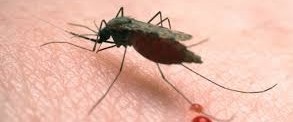One of the main strategies to control tuberculosis is to find and treat people with active disease. Unfortunately, the case detection rates remain low in many countries. Thus, we need interventions to find and treat sufficient number of patients to control tuberculosis.
We investigated whether involving health extension workers (HEWs: trained community health workers) in tuberculosis control improved smear-positive case detection and treatment success rates in southern Ethiopia.
We carried out a community-randomized trial in southern Ethiopia. Involving community health workers in tuberculosis control improved the case detection and treatment success rates for smear-positive patients and for women in particular.
We think our approach improved service access, and recommend this could be applied in settings with low health service coverage and a shortage of health workers.
____
Datiko DG, Lindtjørn B (2009) Health Extension Workers Improve Tuberculosis Case Detection and Treatment Success in Southern Ethiopia: A Community Randomized Trial. PLoS ONE 4(5): e5443. doi:10.1371/journal.pone.0005443
